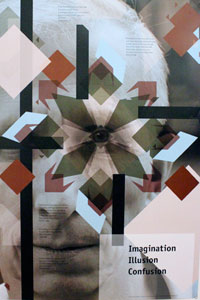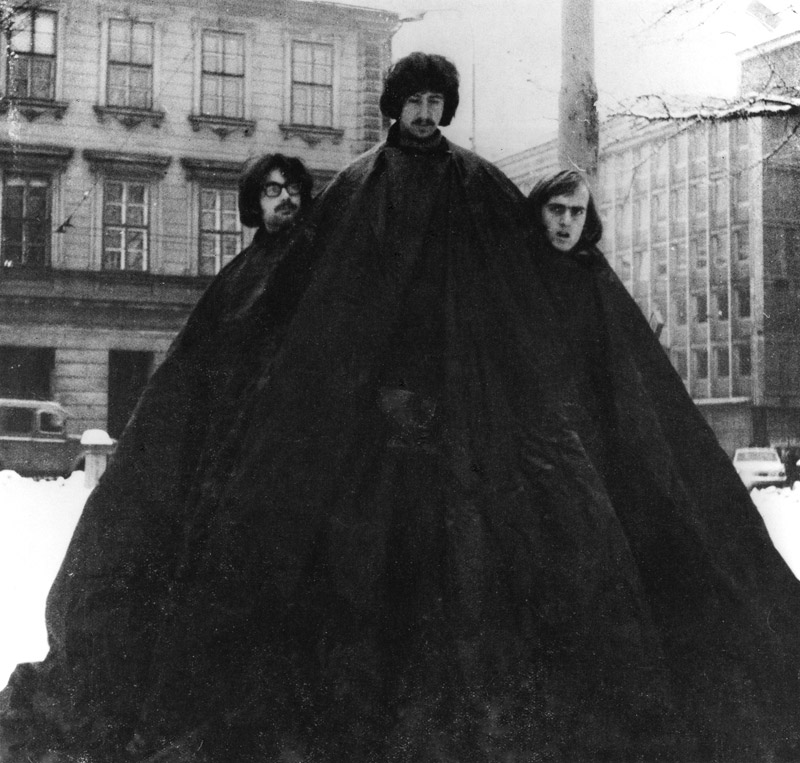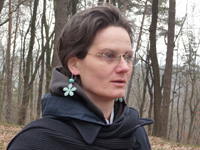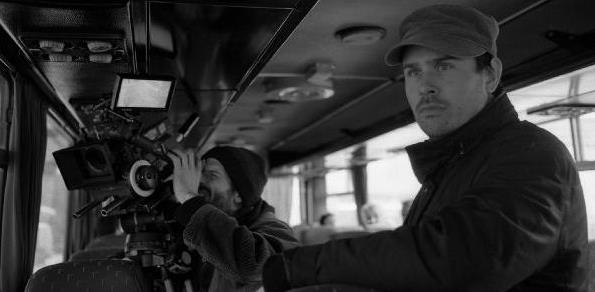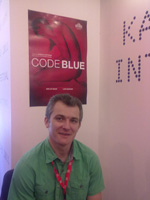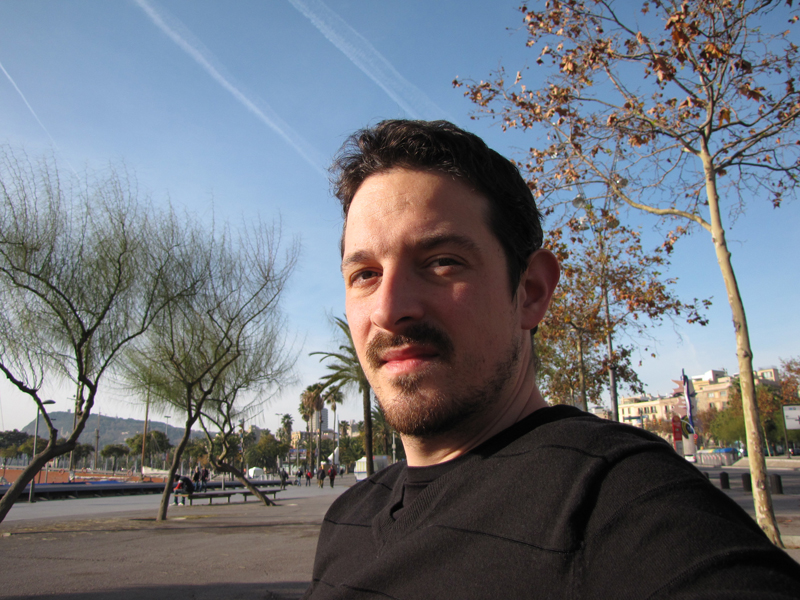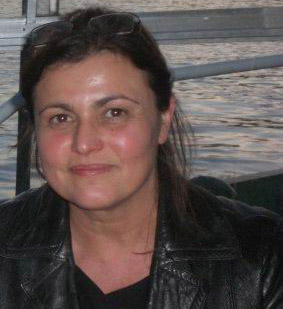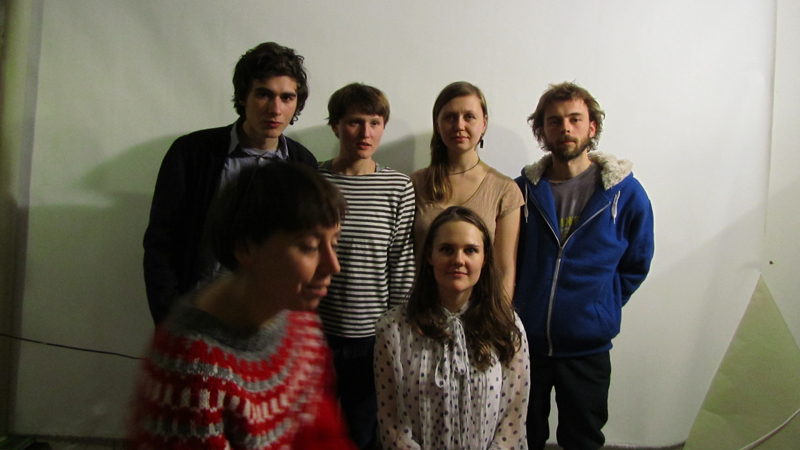Interview with Nikola Dedić
Aneta Stojni?/ARTMargins Online: Is it possible to talk about a “collectors’ scene” in Serbia today?
Nikola Dedić: I wouldn’t say that the word ‘scene’ is completely adequate, but I would definitely say that private collections are new phenomena within local art markets that have emerged over last decade. With this phenomenon, certain institutional changes regarding the production and presentation of contemporary art have also emerged: in the period of the socialist state, for example, centralized cultural institutions dominated in Serbia, with the Museum of Contemporary Art being a main institutional determinant. The Museum, at that time, reflected the orientation of … Read more

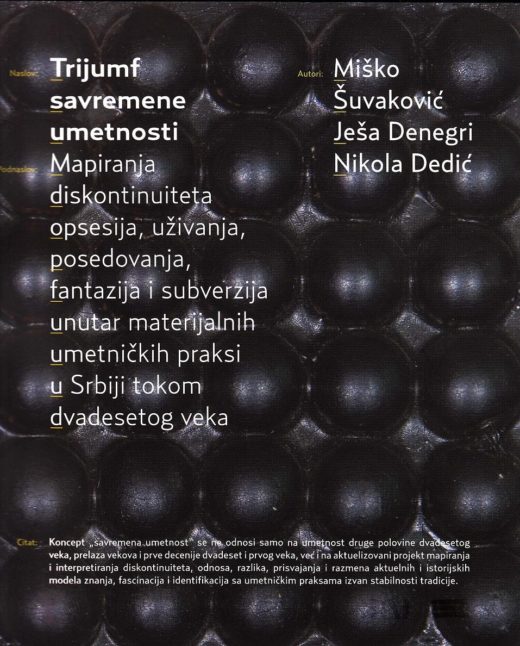
,%20History%20of%20Art%20in%20Serbia%20in%2020th%20Century,%20book%20cover,%202011.jpg)
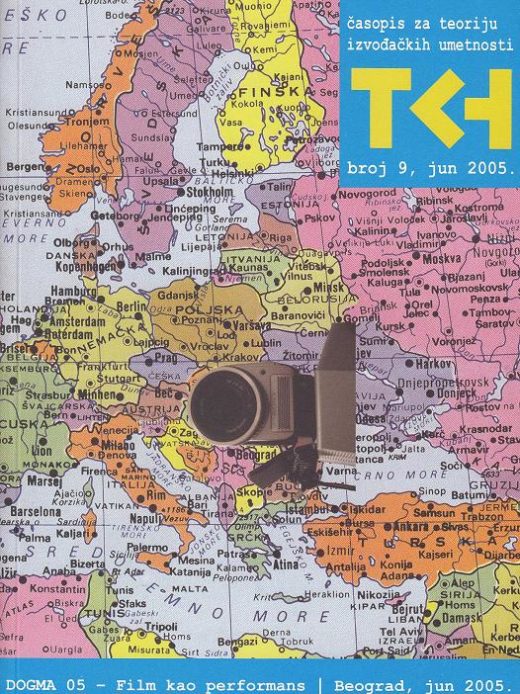
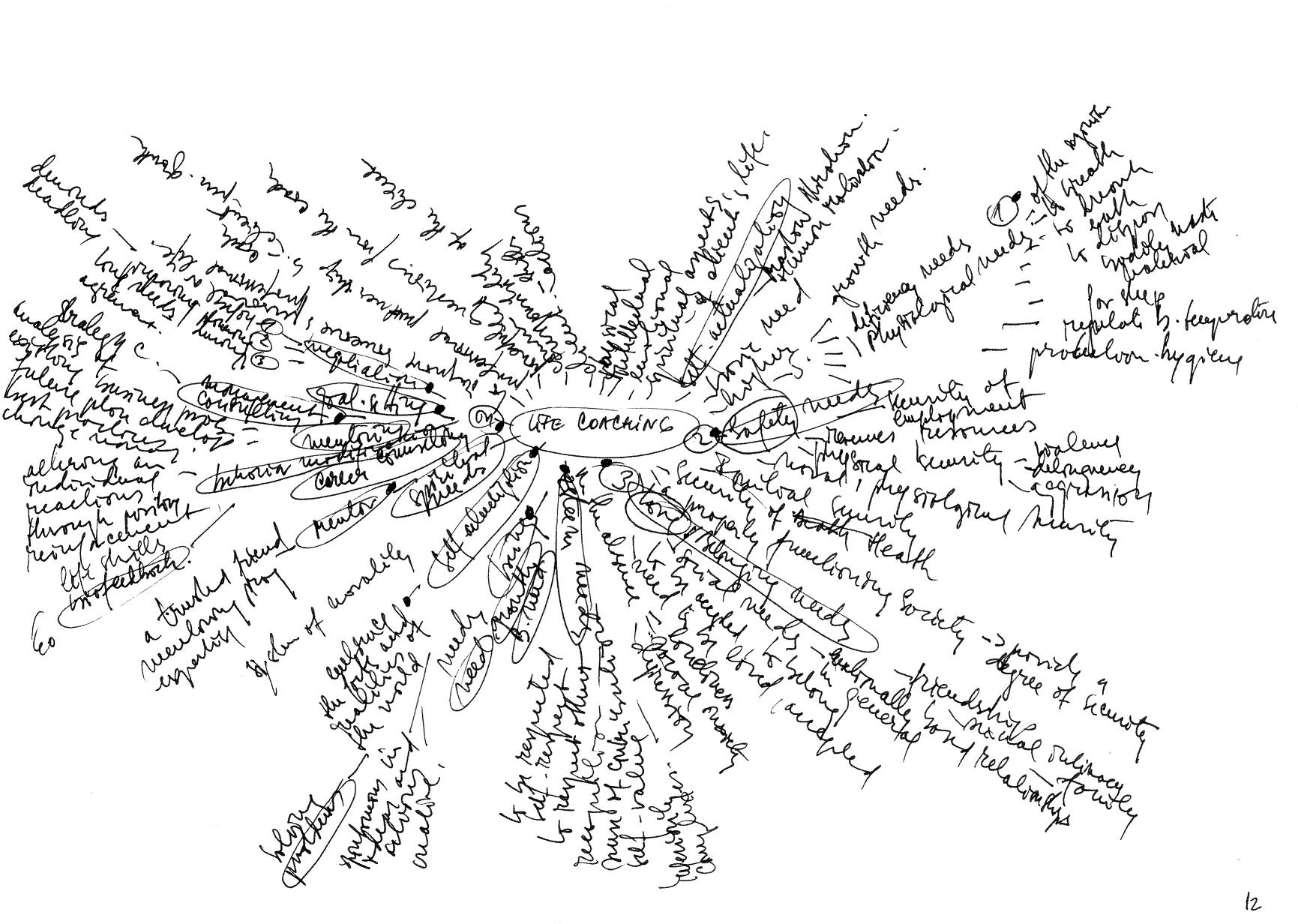
.jpg)
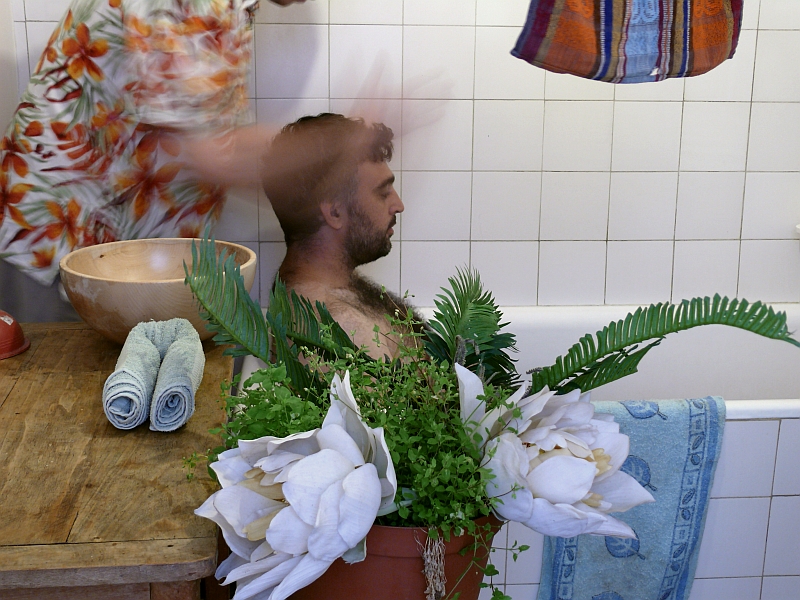

.jpg)

